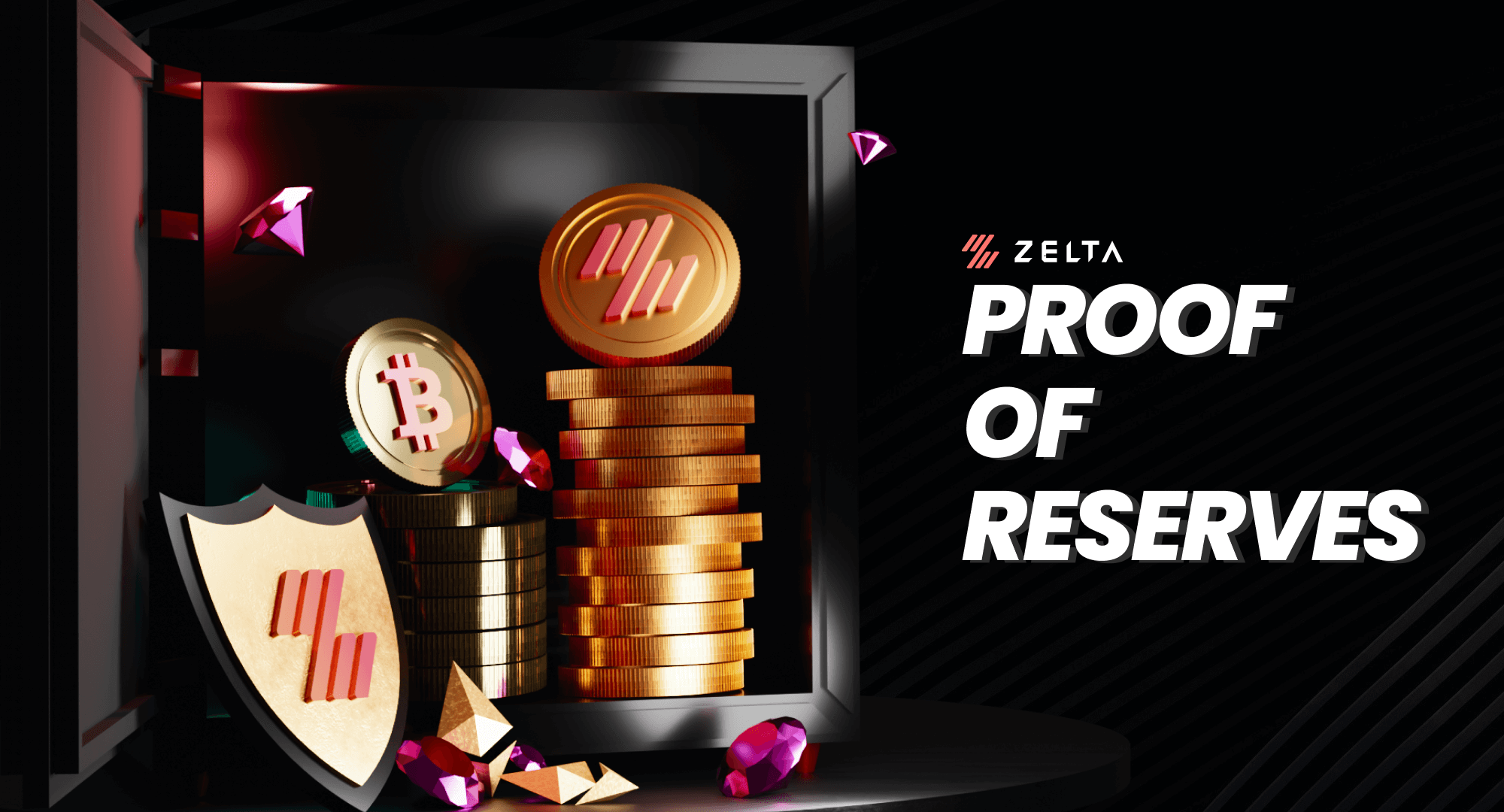

What and Why Are Proof of Reserves Important?
Let’s dive a bit deeper into what Proof of Reserves are and how are they important when we talk about cryptocurrencies.
More about Proof of Reserves in Cryptocurrency:
Proof of Reserves, often abbreviated as PoR, is a groundbreaking concept that plays a crucial role in bridging the gap between centralized and decentralized exchanges.
It involves conducting external audits to confirm that the entity being audited possesses sufficient reserves to support all of its client balances accurately.

In the context of cryptocurrencies, PoR serves as an auditor's confirmation that a company's on-chain holdings are identical to the client assets reflected in the customer's balance at the time of the audit.
This verification reassures clients that the business is financially solvent and liquid, allowing them to withdraw their funds whenever they choose.
Furthermore, PoR audits are instrumental in maintaining trust and providing complete asset backing for cryptocurrency organizations that serve as custodians.
By prohibiting centralized exchanges from investing depositors' funds in other ventures, PoR ensures the security of customer assets.
How are PoR audits conducted?
PoR audits are conducted to determine the financial health of an exchange. The audit typically results in one of two outcomes: the exchange is either solvent, with adequate assets to meet its commitments and liabilities, or it is bankrupt in all other cases.
In some situations, exchanges may maintain fractional reserves, where only a portion of the deposits is held in reserve, while the rest is lent to borrowers. This practice is subject to PoR scrutiny.
The core of PoR audits involves the creation of a data structure known as a Merkle tree, which is widely used in the cryptocurrency industry to verify that client balances are adequately backed.
What is Merkle Tree?
Merkle trees are pivotal to the verification process, ensuring the integrity of transactions and reducing the burden on network nodes. These trees efficiently organize transaction data, preventing network nodes from being overwhelmed by massive amounts of data for each transaction.

Let’s consider Bitcoin as an example.
(Click here to learn Why Bitcoin is a Good Investment)
Merkle Trees are like digital puzzle pieces in the Bitcoin protocol. They help reduce the burden on network nodes by organizing transaction data efficiently. Without them, every node would be overwhelmed with storing and handling massive amounts of data for each transaction.
Thankfully, Merkle Trees make the Bitcoin network run smoother and more efficiently. Verifying data requests would be resource-intensive and require substantial processing power.
However, Merkle Tree Proof of Reserves offers a solution to this challenge by efficiently confirming the integrity of transactions, reducing the burden on storage and verification processes.
A computer used for verification would need a lot of processing power to examine ledgers in order to verify that there were no alterations.
Merkle Tree Proof of Reserves are indeed a remedy for this problem. They separate the data itself from the data's evidence by hashing accounting records. Demonstrating that, a transaction may be legitimate with just a little quantity of information sent over the network.
You may also use it to show that both ledger types use the same amount of notional computing power and communication bandwidth.
Advantages of Proof of Reserves Audit:
Proof of Reserves audits offers several advantages in the cryptocurrency industry:
- Verification of Asset Backing:
PoR audits confirm the backing of user balances and ensure that cryptocurrencies are fully supported by exchanges. - Regulatory Alignment:
Regulators favor PoR audits as they align with the industry's self-regulation strategy, fostering trust and product adoption. - User Empowerment:
The use of Merkle trees empowers users to independently verify audit integrity, promoting transparency and due diligence.
Disadvantages of Proof of Reserves Audit:
While PoR audits have their advantages, they come with certain disadvantages:
- Auditor Competency:
The effectiveness of a PoR audit largely depends on the competence of the auditor, which can vary. - Third-party Risks:
Third-party auditors may provide false audit results, impacting the credibility of PoR audits. - Temporal Validity:
PoR audits only confirm balances' accuracy at the time of the audit and cannot account for subsequent changes. - Borrowed Funds:
PoR audits cannot reveal whether funds were borrowed to pass the audit, potentially masking financial risks.
Conclusion
Proof of Reserves audits are a critical component of the cryptocurrency industry, ensuring trust, transparency, and the integrity of user assets. While they come with certain limitations, their benefits far outweigh the drawbacks.
As the cryptocurrency ecosystem continues to evolve, PoR audits are set to play a pivotal role in building trust among users and gaining acceptance from regulators. Happy investing!
